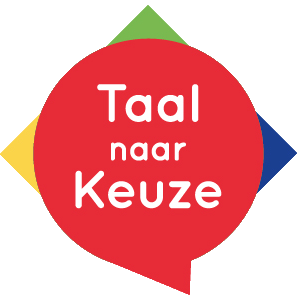LEGAL AND POLICY FRAMEWORK
LEGAL AND POLICY FRAMEWORK
Which international laws support home language education?
How do the teaching frameworks differ across Europe?
International and national legal and policy frameworks preserve linguistic diversity via home language education and heritage language preservation activities. At a national level, laws on education refer to specific languages as school subjects, but also to the languages of minorities - indigenous or immigrant - as being part of learning environments.
International frameworks
Multilingualism and the UN: Article 19 of the Universal Declaration of Human Rights enshrines the right to freedom of opinion and expression. UN Resolution A/RES/61/266 called upon Member States “to promote the preservation and protection of all languages used by peoples of the world”.
UN Rights of the Child: Article 29 emphasizes the importance of education in developing respect for a child's cultural identity, language, and values. (29c) The development of respect for the child's parents, his or her own cultural identity, language and values, for the national values of the country in which the child is living, the country from which he or she may originate, and for civilizations different from his or her own. Article 30 ensures that children from ethnic, religious, or linguistic minorities have the right to use their own language and practice their own culture.
European Policy: 2+1
The European Language Policy encourages every EU citizen to master two languages in addition to their mother tongue. The two languages are mostly (1) the language of schooling or national language of the country involved, (2) a lingua franca, often English. The third language can be the mother tongue if it is different from (1) or (2), or a language of choice.
National Frameworks
In Sweden and Finland, municipalities provide the logistical and financial support needed for mother tongue education. In the Netherlands, this responsibility lies mostly with school boards. Sustainable collaboration and financial support are essential to make mother tongue education accessible to all pupils.
Oman äidinkielen opetus - Own mothertongue education
The Finnish National Agency for Education's directives emphasize the significance of instructing native languages and fostering multilingualism within the National Core Curriculum of 2016. HLE is integrated into the National Core Curriculum, emphasizing its supportive role. Instruction in pupils' native languages is interconnected with general basic school education, aligning with the core curriculum and supporting its objectives.
In Sweden every pupil with a mother tongue other than Swedish is eligible to Mother tongue education: https://utbildningsguiden.skolverket.se/languages/english-engelska/modersmal.
The Netherlands: Onderwijsraad
The Dutch Education Council recommends making better use of the linguistic diversity present in classrooms. Home languages can serve as a valuable resource to support pupils’ learning of the language of instruction as well as in the language of instruction. The Council advises schools to make conscious choices about how to incorporate home languages in their teaching.
It further calls on school leaders and the government to invest in the support, training, and professional development of teachers and educational staff. With access to the right materials, expertise, and institutional support, educators can effectively leverage home languages in education — without needing to master these languages themselves.
See Handbook, Chapter 6, for insights into the legal frameworks in Finland, Sweden and the Netherlands.

